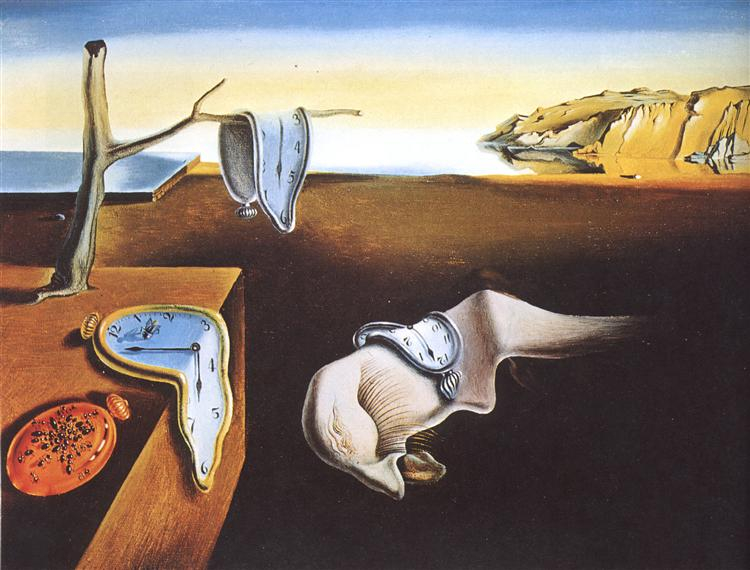Salvador Dali
Surrealism was a major modern art movement in the twentieth century. Its artists eschewed logic and literary realism in favor of harnessing the unconscious mind in order to reveal the power of the imagination.
Salvador Dali, known for his quirky demeanor, created some of the most iconic Surrealist masterpieces. The paranoiac-critical method, in which the artist strives to delve into his subconscious through systematic irrational thought and a self-induced paranoid condition, was one of his contributions to Surrealist painting.
Dali was best renowned for his striking and surreal pictures, but he also employed a lot of symbolism in his work. Elephants with brittle legs that convey weightlessness are recurring subjects in his works, as are ants, which are supposed to be his emblem for decay and death, and melting timepieces, which may represent the non-linear human experience of time.
Salvador Dali is widely recognized as the most famous Surrealist painter and one of the most influential personalities in modern art.
Masterpiece:
- The Persistence of Memory (1931)
- Lobster Telephone (1936)
- Swans Reflecting Elephants (1937)
Lifespan: May 11, 1904 – January 23, 1989
Movement: Surrealism
Nationality: Spanish












